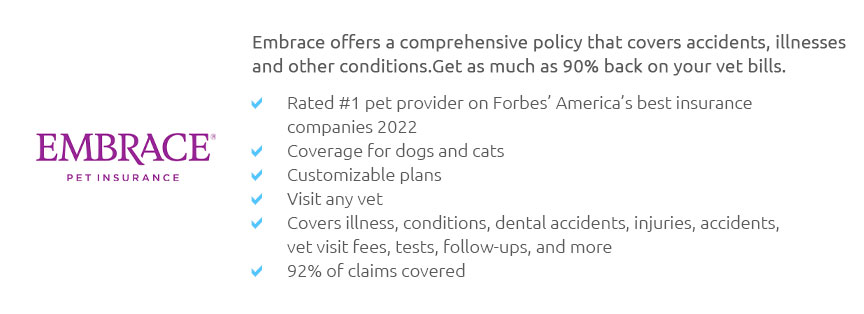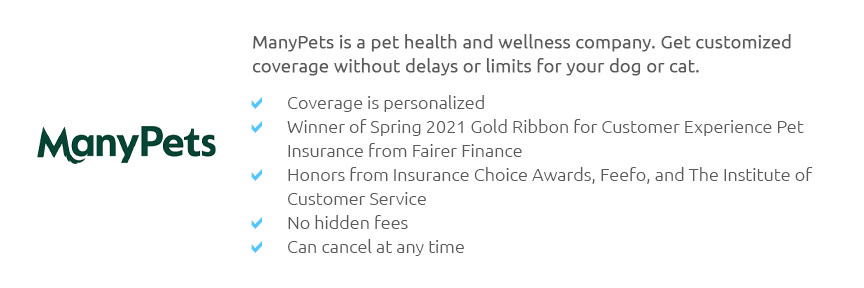 |
 |
 |
 |
 |
 |
|
 |
|
 |
|
 |
|
 |
|
 |
 |
 |
 |
 |
 |
 |
 |
Understanding the Cost of Pet Insurance: A Comprehensive Beginner's GuideIn today's world, where pets are cherished family members, ensuring their well-being is a priority, and one way to safeguard their health is through pet insurance, a topic that often raises questions such as 'how much does pet insurance cost?' which is crucial to explore for any responsible pet owner aiming to make informed decisions. As you embark on this journey, it's important to understand that the cost of pet insurance is not a one-size-fits-all figure, as it can vary significantly depending on several factors that are worth delving into for a clearer picture. To begin with, the type of pet you own can influence the premium you pay; typically, insuring a dog may be more expensive than insuring a cat, primarily due to the differences in veterinary costs and the likelihood of health issues, which vary across species and breeds, thus impacting the overall cost. Moreover, age plays a pivotal role; generally, the younger the pet, the lower the premium, as younger pets are usually healthier and less prone to chronic conditions, whereas older pets may require more frequent medical attention, thereby increasing the insurance cost. Another key factor is the level of coverage you choose; pet insurance policies can range from basic plans covering accidents and illnesses to more comprehensive ones that include routine care such as vaccinations and dental work, each with its own price point, allowing pet owners to tailor their insurance to fit their budget and their pet's specific needs. While considering these options, it is wise to evaluate the deductibles and reimbursement levels associated with each plan, as higher deductibles typically result in lower premiums, yet they require more out-of-pocket expenses when a claim is made, a trade-off that should be carefully weighed based on personal financial circumstances and risk tolerance. In terms of numbers, average monthly premiums for pet insurance can range from $20 to $60 for cats and $30 to $100 for dogs, although these figures are merely averages and actual costs can differ based on the aforementioned factors as well as geographical location, where veterinary costs can vary widely across different regions, thus affecting the insurance pricing. It's worth noting that some insurers offer discounts for insuring multiple pets, a beneficial option for households with more than one furry friend, which can make pet insurance more affordable and accessible.
In conclusion, the cost of pet insurance is influenced by a myriad of factors, and while it requires careful consideration and planning, the benefits it offers in terms of financial protection and enhanced pet care are invaluable, making it a worthwhile investment for anyone committed to the long-term health and happiness of their animal companions. https://money.com/how-much-is-pet-insurance/
The average cost of pet insurance for dogs is $53 per month or $640 a year. However, those figures are averages for all insured dogs. Premiums ... https://www.lemonade.com/pet/explained/pet-insurance-cost/
At Lemonade, you can choose an annual limit anywhere between $5,000 and $100,000. Your medical bills for your fur fam can add up quickly, so make sure your ... https://www.experian.com/blogs/ask-experian/how-much-does-pet-insurance-cost/
Pet insurance costs an average of $675 annually for dogs and $383 annually for cats. However, your pet insurance premiums may be higher or lower ...
|